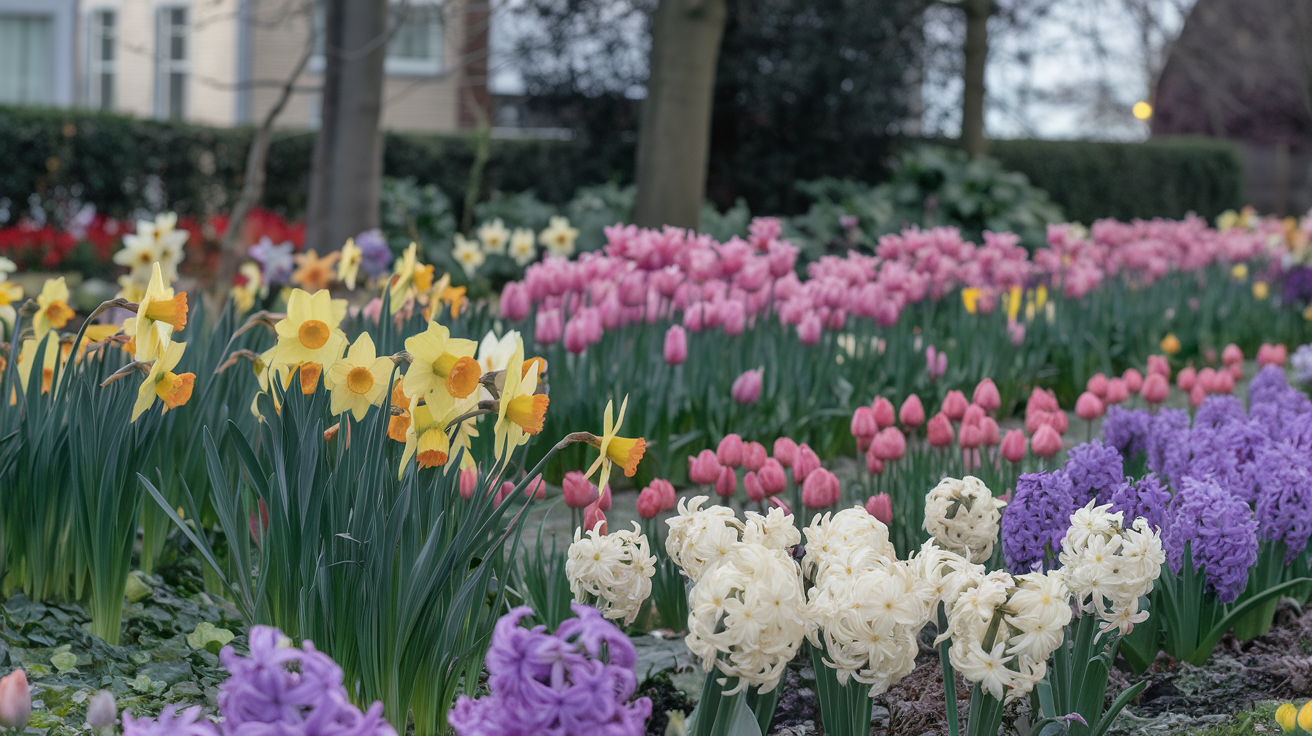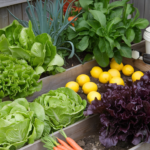There’s nothing quite like the sight of bright, cheerful flowers after a long winter. Every year, I look forward to those first blooms of early spring, which bring my garden back to life with bursts of color and fragrance. Over the years, I’ve found that planting early bloomers not only lifts my spirits but also attracts pollinators and sets the stage for a thriving garden all season long.
If you’re looking to add some early color to your garden, here are my top 15 must-grow early spring flowers. These resilient blooms thrive in cooler temperatures and are perfect for brightening up any outdoor space.
1. Crocus

Crocuses are one of the first flowers to emerge in early spring, often pushing through the last patches of snow. Their vibrant purple, yellow, and white blooms create a beautiful carpet of color.
How I Grow Them:
I plant crocus bulbs in the fall, tucking them into well-drained soil in sunny or lightly shaded areas. They’re perfect for rock gardens, flower beds, or even scattered in a lawn for a naturalized look.
2. Daffodils
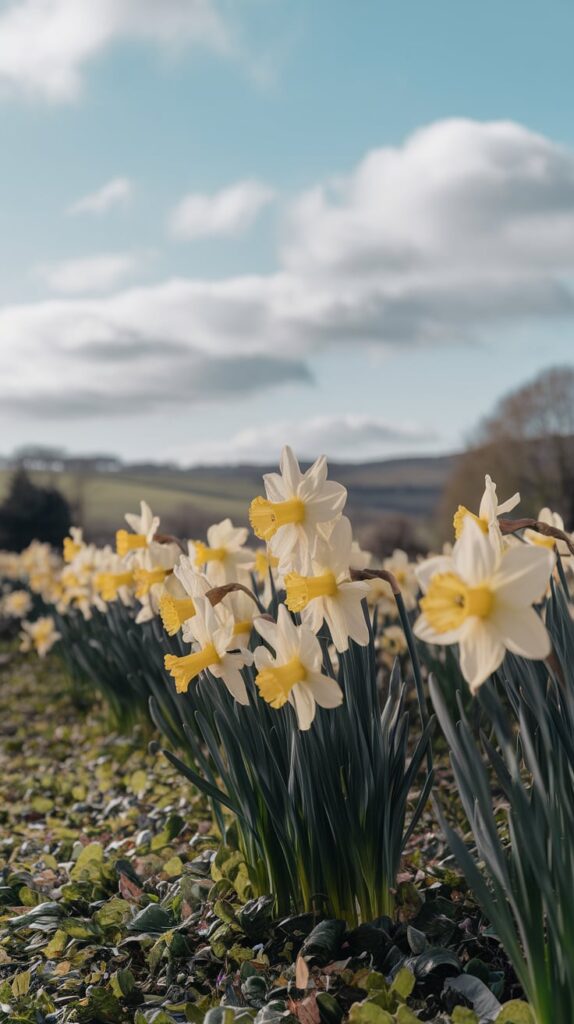
Nothing says spring like daffodils! These golden trumpet-shaped flowers bring warmth and happiness to my garden year after year. They are hardy, deer-resistant, and come in many varieties, from classic yellow to creamy white and even peach tones.
How I Grow Them:
I plant daffodil bulbs in clusters in the fall, placing them about 6 inches deep in well-drained soil. They thrive in full sun and return reliably each year.
3. Snowdrops
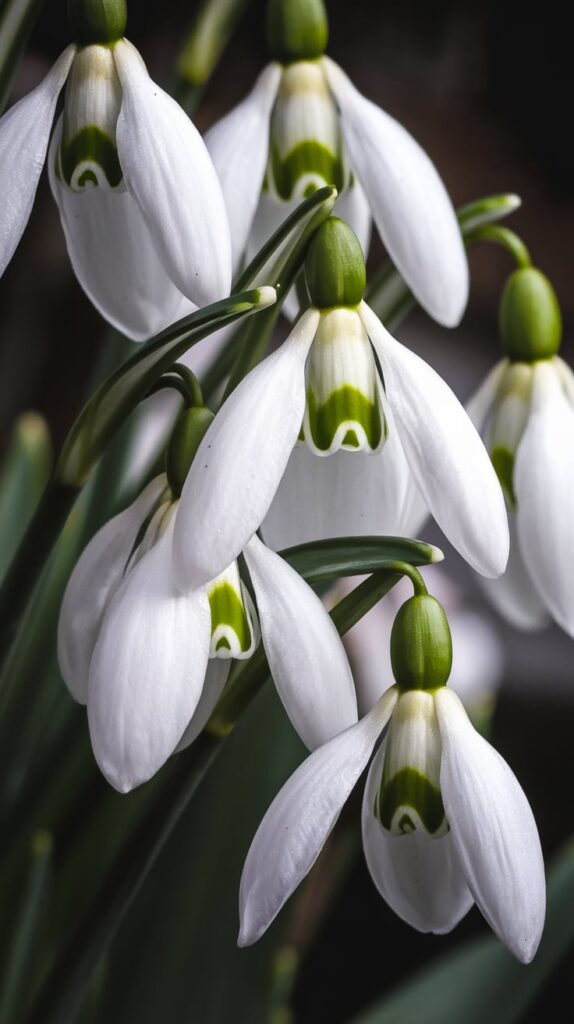
True to their name, snowdrops are among the earliest flowers to bloom, sometimes appearing while snow is still on the ground. Their delicate, white bell-shaped flowers add an elegant touch to my garden, and they thrive in shaded or woodland areas.
How I Grow Them:
I plant snowdrop bulbs in the fall in moist, well-drained soil under trees or along pathways. Once established, they multiply and create a stunning early-spring display.
4. Hyacinths
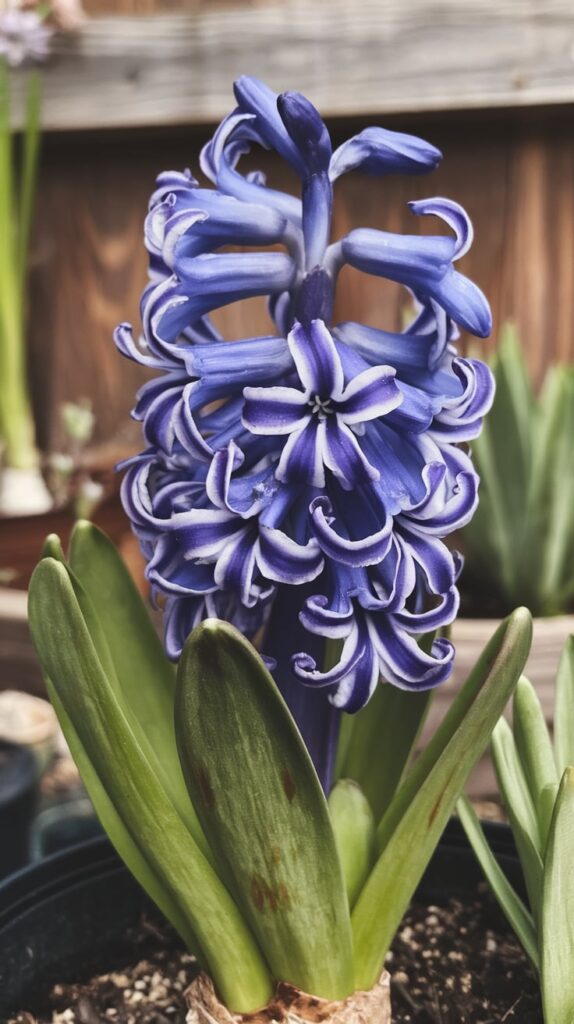
Hyacinths are a must-have for their intense fragrance and bold colors. Every spring, I place pots of them near my front door so I can enjoy their sweet scent every time I step outside.
How I Grow Them:
I plant hyacinth bulbs in well-drained soil in a sunny location, spacing them about 4 inches apart. They work beautifully in flower beds, borders, and containers.
5. Tulips
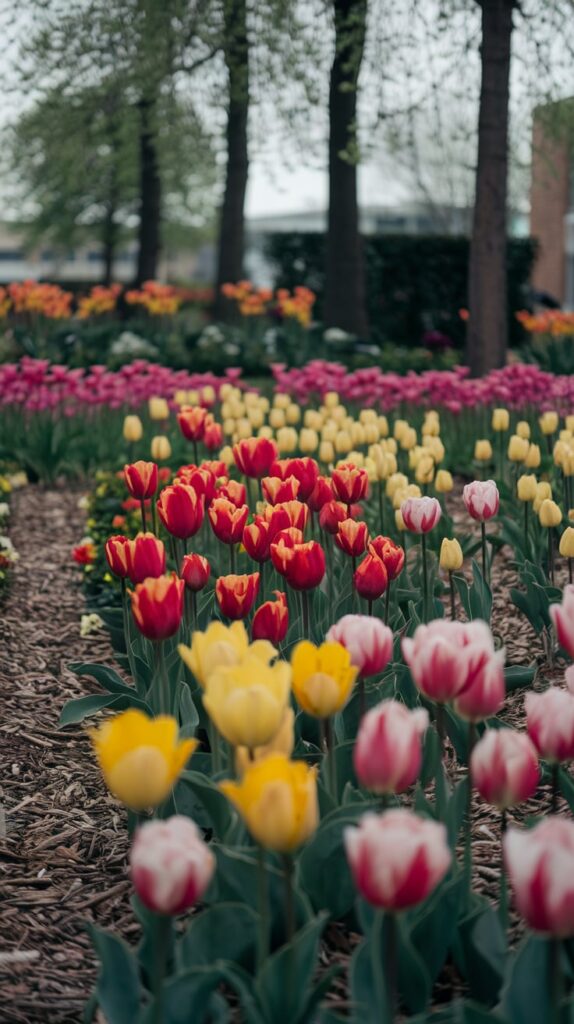
I always plant a mix of early, mid, and late-season tulips to extend my spring blooms. Early tulips pop up just as winter fades, adding a classic touch to my garden with their bright reds, pinks, purples, and yellows.
How I Grow Them:
I plant tulip bulbs in the fall about 6 inches deep, making sure to protect them from squirrels by covering them with chicken wire or planting them near strong-smelling plants like daffodils.
6. Primroses
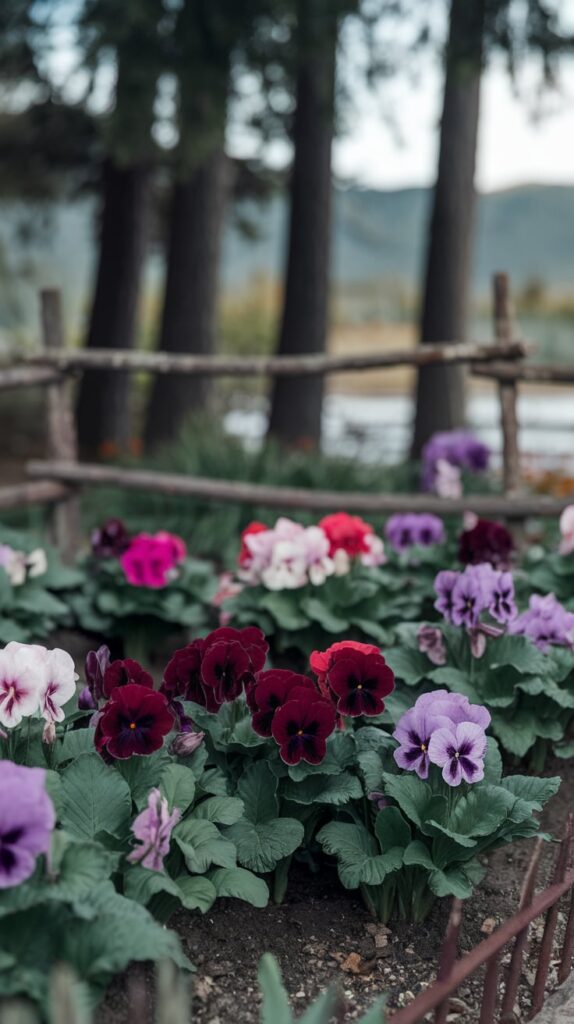
These hardy little flowers thrive in cool temperatures and shady spots. I love using them in my borders and container gardens because of their bright and varied colors. They also make wonderful ground cover in woodland areas.
How I Grow Them:
I plant primroses in rich, moist soil in partial shade. They prefer consistent moisture and reward me with colorful blooms from early spring into summer.
7. Hellebores (Lenten Roses)
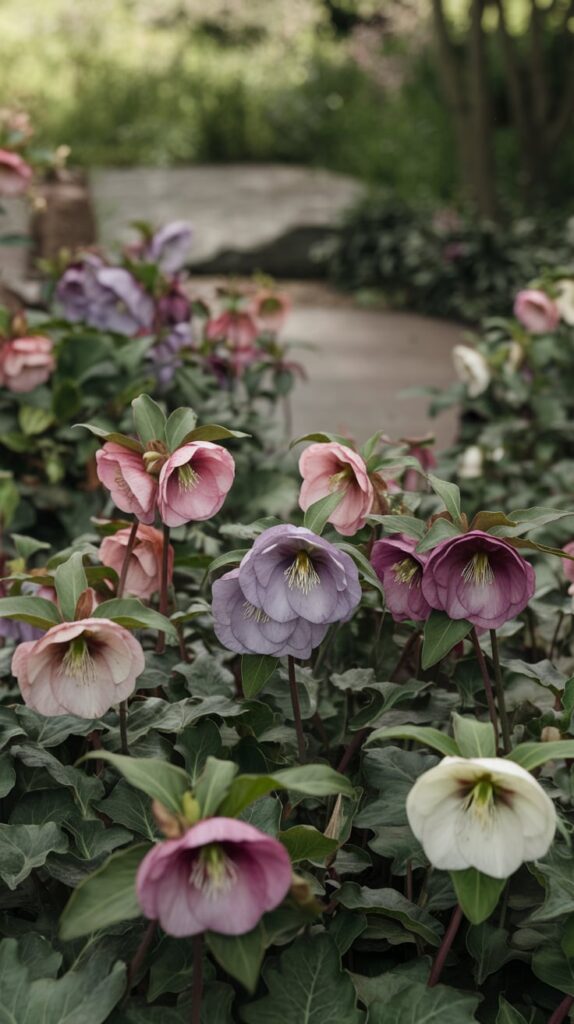
Hellebores bloom in late winter to early spring, making them one of my garden’s first floral displays. Their long-lasting flowers come in shades of white, pink, purple, and even deep burgundy.
How I Grow Them:
I plant hellebores in well-draining soil in a shady location. Once established, they require very little maintenance and even tolerate dry conditions.
8. Pansies
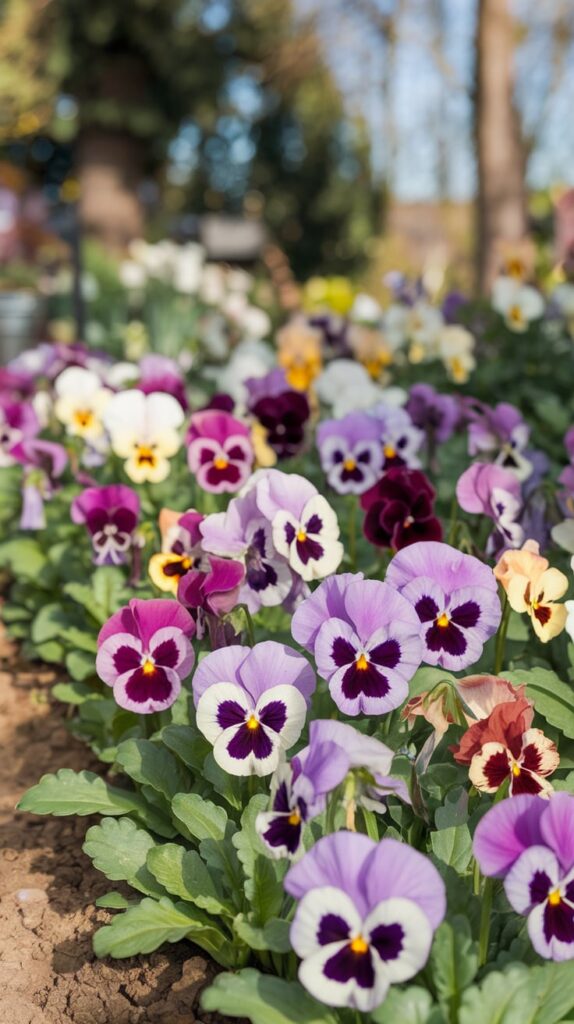
Pansies are one of the easiest flowers to grow in early spring, and they add instant color to my garden beds and containers. They come in nearly every color imaginable and can even handle a light frost.
How I Grow Them:
I plant pansies in early spring in well-drained soil and a partly sunny location. They thrive with regular watering and occasional deadheading to keep them blooming longer.
9. Forsythia
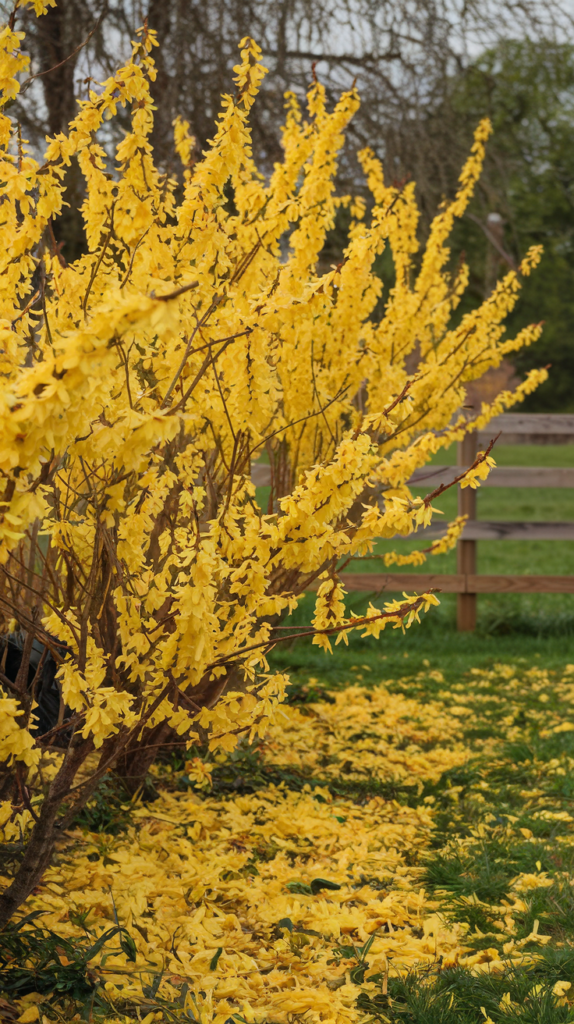
While forsythia is technically a flowering shrub, its explosion of yellow blossoms in early spring makes it a garden essential. I love how it signals the start of the growing season, and its fast growth makes it a great hedge plant.
How I Grow Them:
I plant forsythia in full sun and well-drained soil, trimming it after flowering to maintain its shape and encourage new growth.
10. Grape Hyacinths (Muscari)
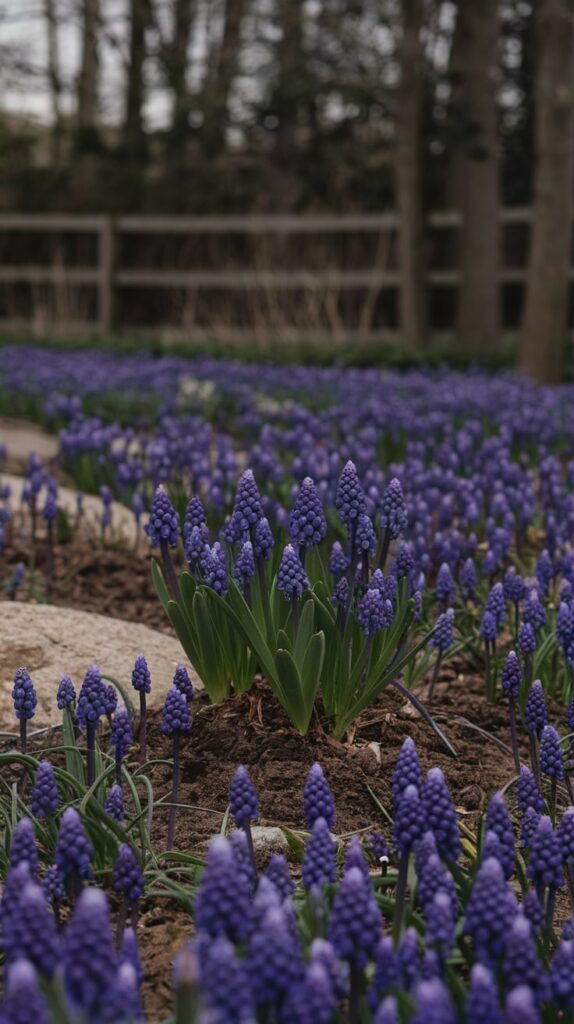
These small, deep-blue flowers grow in clusters and pair beautifully with daffodils and tulips. They’re also great for naturalizing, coming back year after year.
How I Grow Them:
I plant grape hyacinths in the fall, about 3 inches deep in groups for a fuller effect. They thrive in both garden beds and containers.
11. Anemones
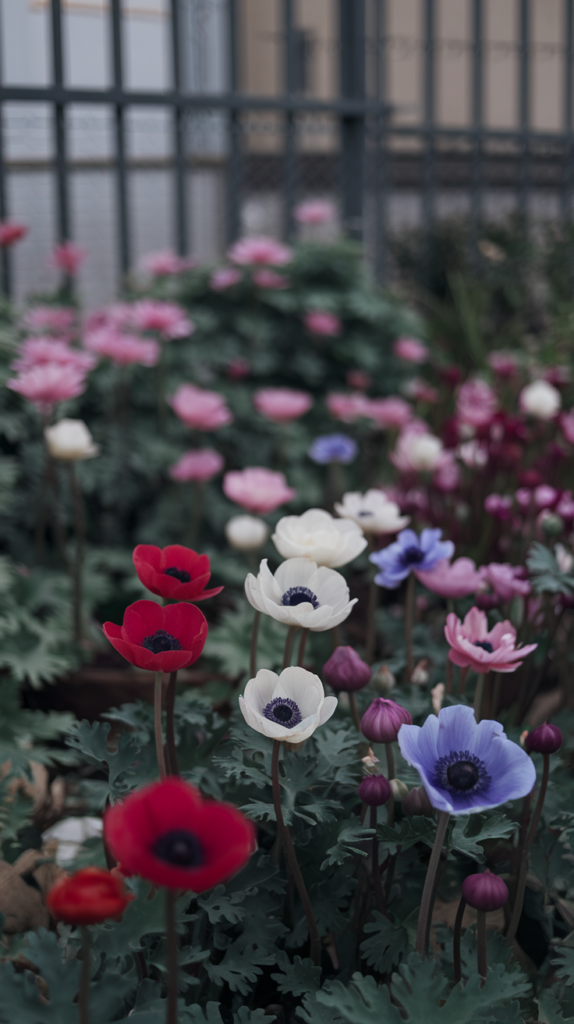
Anemones bring a soft, delicate charm to my garden with their daisy-like blooms in shades of white, pink, red, and purple.
How I Grow Them:
I plant anemone corms in the fall, soaking them overnight to speed up germination, then tucking them into well-draining soil in partial sun.
12. Bleeding Heart
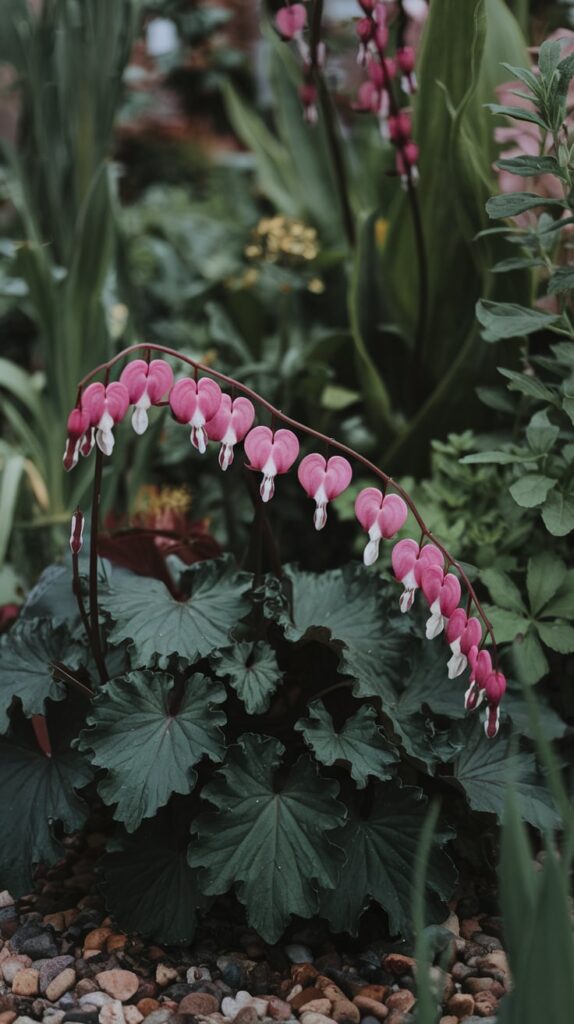
This unique perennial produces arching stems of heart-shaped pink or white flowers. It thrives in partial shade, making it perfect for woodland gardens or shady borders.
How I Grow Them:
I plant bleeding hearts in rich, well-drained soil with plenty of mulch to retain moisture. Once established, they require minimal care.
13. Lungwort (Pulmonaria)
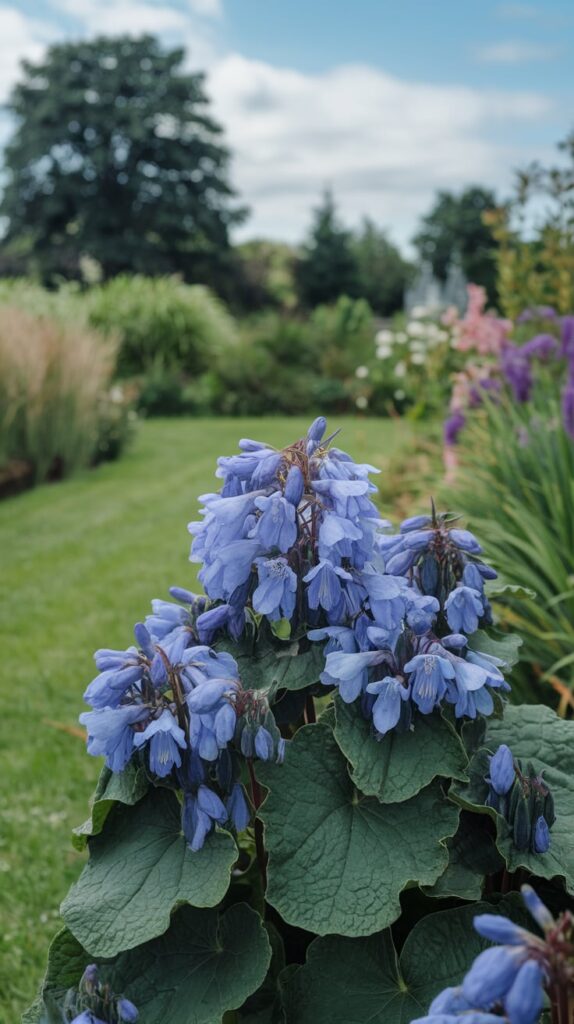
Lungwort is one of my favorite spring perennials because of its attractive spotted foliage and bright blue or pink flowers.
How I Grow Them:
I plant lungwort in shaded, moist areas of my garden where it thrives with little effort.
14. Virginia Bluebells
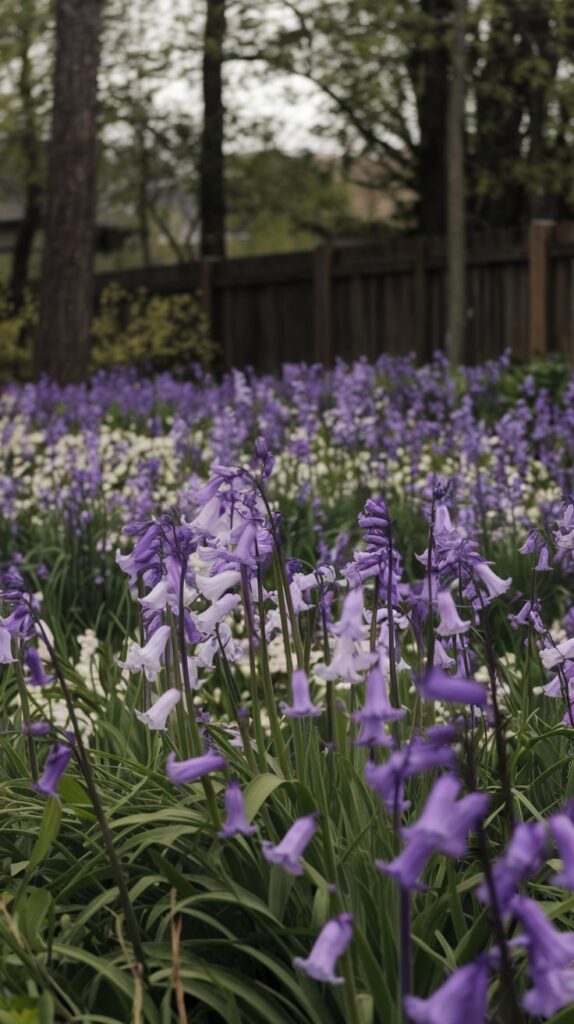
Virginia bluebells create a dreamy, cottage-garden look with their clusters of bell-shaped blue flowers.
How I Grow Them:
I plant them in shaded, moist areas in the fall, and by mid-spring, they transform my garden into a sea of soft blue hues.
15. Scilla (Siberian Squill)
Scilla is a charming little flower that blooms in early spring with star-shaped blue blossoms.
How I Grow Them:
I plant scilla bulbs in the fall, spacing them about 3 inches apart in full sun or partial shade. They spread naturally and return stronger each year.
Final Thoughts
There’s nothing more rewarding than watching these early spring flowers brighten up my garden after a long, cold winter. By planting a variety of these blooms, I ensure a continuous display of color from late winter into early summer. Whether you have a small balcony garden or a sprawling backyard, adding these flowers will bring beauty and joy to your space.
What are your favorite early spring flowers? I’d love to hear what blooms first in your garden! Happy planting!
